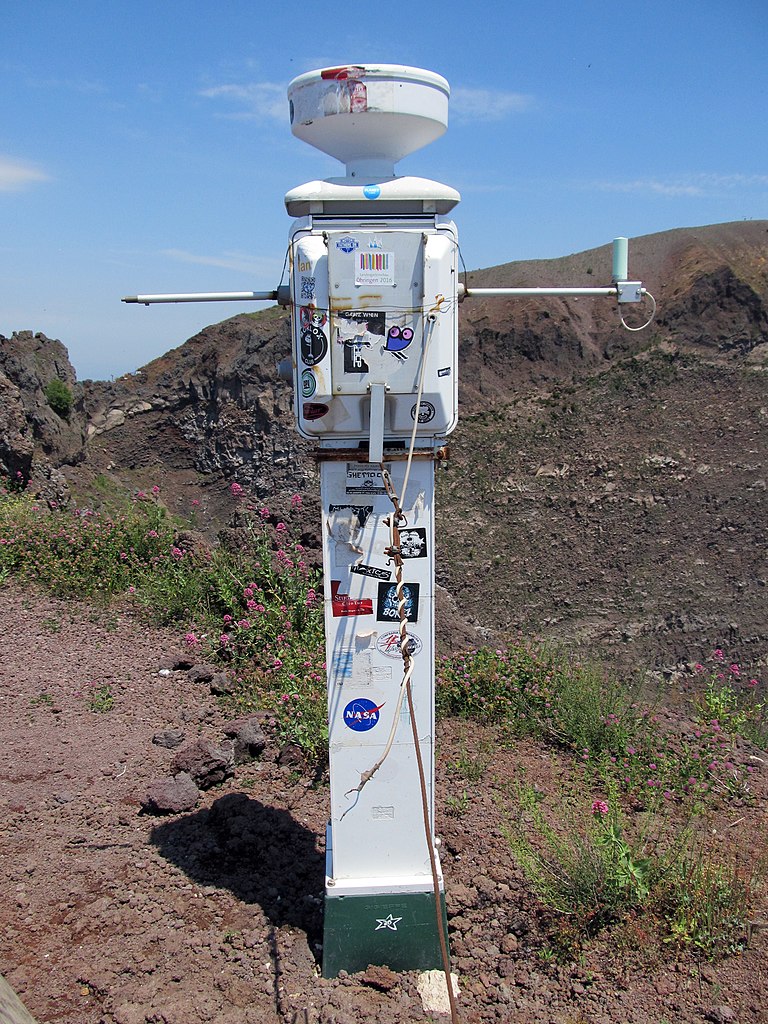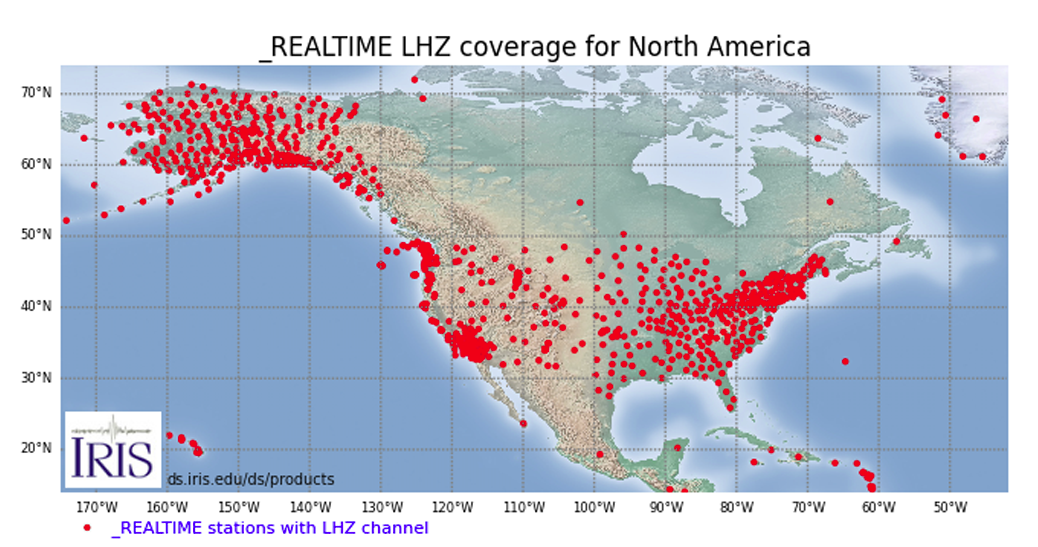

Typically, if all aforementioned things are optimized, the absolute epicenter uncertainty is on the order of some hundreds of meters, but the depth uncertainty is usually larger.įig. The accuracy of an absolute earthquake location is controlled by factors including the network geometry and density, number of detected phases, knowledge of the crustal velocity structure, arrival-time reading and velocity model accuracy. The process performs several hypocentral adjustments iteratively, until a hypocenter is found that best fits the observed arrival times at the stations of the seismic network.

The system of linear equations is solved by a least squares method, which minimizes the sum of the squares of the differences between the observed and calculated arrival times. It is also necessary to have a crustal velocity model for the study area (in km s − 1), to calculate the travel times of elastic waves from the earthquake at a given depth to a seismic station at a given distance. The equations express the difference between the observed P and S wave arrival times, and those calculated from an initial guessed hypocenter. The mathematical problem is solved by setting up a system of linear equations, one for each seismic station. To locate the earthquake, we must find the unknown source by having the correct readings of the P and S wave arrival time at a minimum of three seismic stations. The earthquake location is a classical non-linear inverse problem where a set of model parameters (event position coordinates x, y, z, and origin time t) are obtained from the observed data (P and S wave arrival times). When an earthquake occurs, the elastic wavefront expands away from the hypocenter and passes each seismic station at a certain time, which we observe. Flóvenz, in Comprehensive Renewable Energy (Second Edition), 2022 7.04.3.5 Earthquake location
#Seismac stations download
The computer will be configured to establish a connection link at prescribed time to download the recorded information and then upload it into the mobile phone that will transmit it to the UDSM center as a Simple Message Service (SMS) ( Heaton, (1985), Charny, (January, 10 2005). Wireless link is available to all five Tanzania seismic stations, which are equipped with communication port for easy connections to other systems.To use this option, a normal mobile phone receiver set with and computer will be installed at seismic station to set-up and control a communication link between seismometer recording instrument and the transmitting mobile phone station where the later will be connected to recording computer at UDSM through a second receiving mobile phone.

Distribution of each technique is given in the following section: (i) SMS message through Mobile phone operators Three possible techniques can be used to transmit seismic signals to the UDSM center for analysis, which to choose will depend on the financial position of the funding agent and location of the seismic station.
#Seismac stations how to
2.2 How to Transmit Seismic Signal to UDSM Center Many remote seismic stations are reachable using mobile phone and are powered using solar panel. Also the Orion system is equipped with magnetic tape recorder for recording seismic data. 2.1 Technical outline of Current Remote Seismic StationĮach seismic station in Tanzania is an Orion Nanometrics Seismological Instruments type, producing a broadband signal that can be transmitted to Global Positioning Satellite System through a built-in Global Positioning System (GPS) antenna.

Data to be transmitted will be purely ground motions as recorded from the seismometers. Basic system for Earthquake Monitoring.įrom Figure 2, recordings from remote seismic stations will be transmitted to the available communication tower and re-transmitted to UDSM center for analysis.


 0 kommentar(er)
0 kommentar(er)
